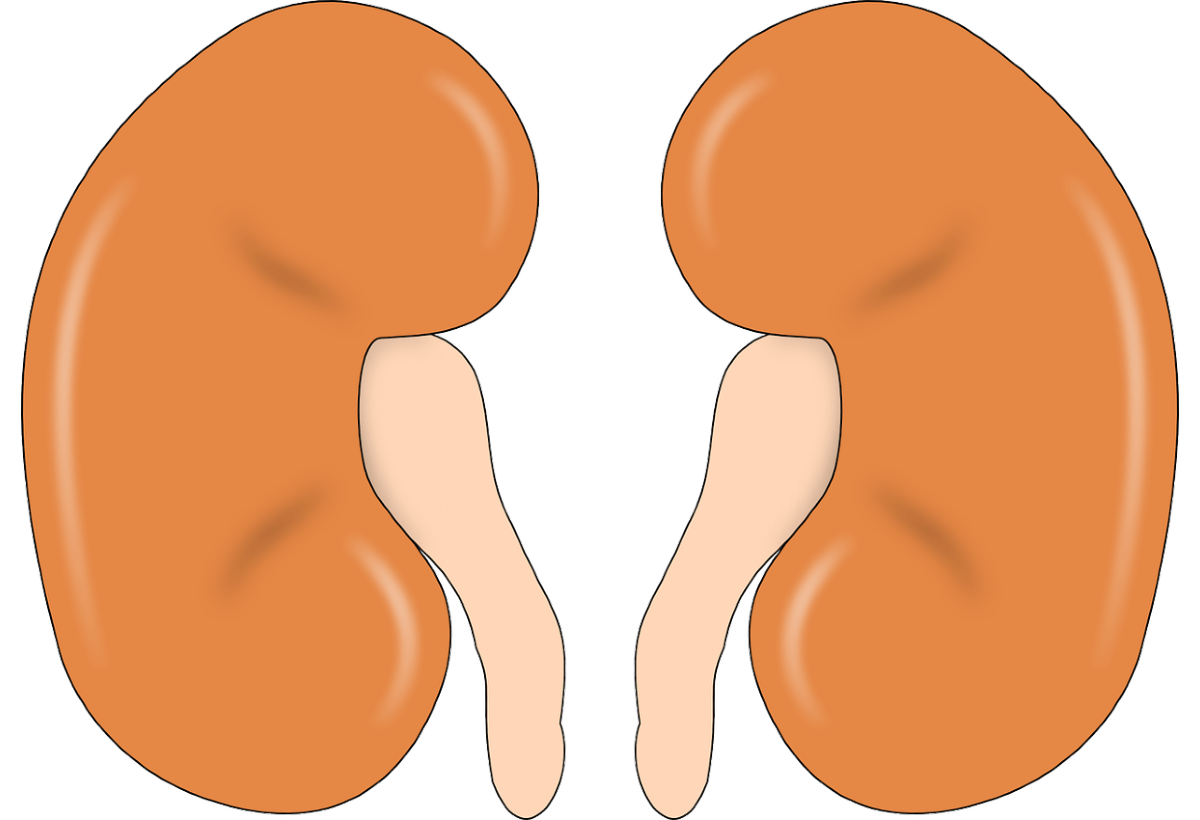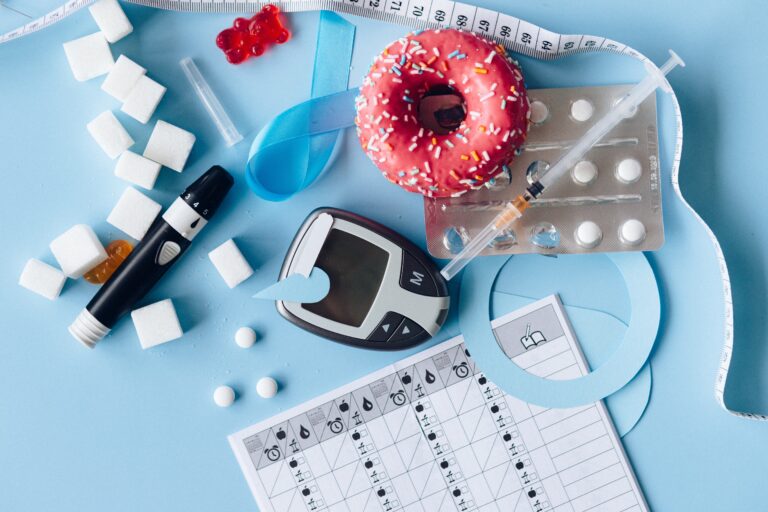Understanding the Kidney
There are two kidneys, each about four to five inches long and about six ounces in weight. They lie in the abdomen underneath the liver on the right and the spleen on the left. Each kidney contains about one million tiny filtering units, known as glomeruli, which remove waste material and excess water from the blood to form urine.

Glucotrust Advanced Formula
Gluco Trust Max Capsules Maximum Strength Support
Understanding the Kidney and Kidney Disorders
Your body is like a factory that contains a number of machines, all of which need energy in order to work together smoothly. The energy comes from the food you eat. The food is broken down, during digestion, into energy-containing substances that pass into your bloodstream. As the nutrients and energy are used up, chemical waste products are produced in the cells. The waste products are carried in your bloodstream to the two kidneys. In the kidneys they are filtered out of the blood and combined with any excess water to form urine. Thus production and excretion of urine are essential to life.
With all the intricacies of the kidney, it’s no wonder the kidney is susceptible to nearly a hundred disorders, diseases, and conditions that can lead to progressive destruction of the kidneys.
The deterioration that characterizes kidney disease of diabetes takes place in and around the glomeruli. The damage is usually the result of inflammation caused by abnormal proteins that become trapped in the glomeruli. In a healthy kidney, the blood passes through the glomeruli, and certain chemical, not all of them waste products, are filtered out. Most of the water and certain chemicals such as glucose that are useful to the body are then returned to your blood stream. If more and more of the glomeruli are damaged, the affected kidneys become less and less efficient as a filter and regulator of the chemical content of your blood. Waste products accumulate and cause kidney failure.
Five stages of kidney disease in people with diabetes
- Stage I
- Is marked by an increased blood flow through the glomeruli, which increases pressure in the kidneys and makes them appear enlarged. Many people with diabetes never advance beyond stage I.
- Stage II
- Defined as small amounts of albumin (a blood protein) leaking into the urine. This protein loss is known as microalbuminuria. People with diabetes can stay for many years in stage II.
- Stage III
- Characterized by increased damage to the glomeruli. Some patients now also develop hypertension. Detecting albumin is done with a urine dipstick test. Blood tests will reveal higher creatinine and urea nitrogen levels, waste products that healthy kidneys would eliminate.
- Stage IV
- Blood levels in stage IV show even higher creatinine and urea nitrogen levels. Urine protein markedly increases as the glomeruli lose their blood-filtering capabilities. Hypertension is almost certain.
- Stage V
- In stage V, kidney function has fallen to less than 25% of normal. Stage V is considered End Stage Renal Disease (ESRD) when kidney function is 10% of normal and dialysis or kidney transplant is required. Diabetes and hypertension are the top two causes of ESRD.
Hypertension (high blood pressure) can be both a cause and effect of kidney damage. High blood pressure makes your heart work harder and, over time, can damage blood vessels throughout your body. If the blood vessels in your kidneys are damaged, they may stop removing wastes and extra fluid from your body. The extra fluid in your blood vessels may then raise blood pressure even more. The result is a very unhealthy cycle. Although most people with high blood pressure do not have a kidney problem, the combination of frequent urination and high blood pressure will suggest the possibility, especially if there is a history of kidney trouble in your family.
The key to kidney disease is early detection. If kidney disease is detected in the earliest stages, kidney dysfunction can be stopped or reversed with treatment. The best way to assure early detection of kidney dysfunction is by doing a urine test that measures the levels of a protein called microalbumin.









